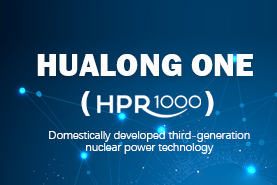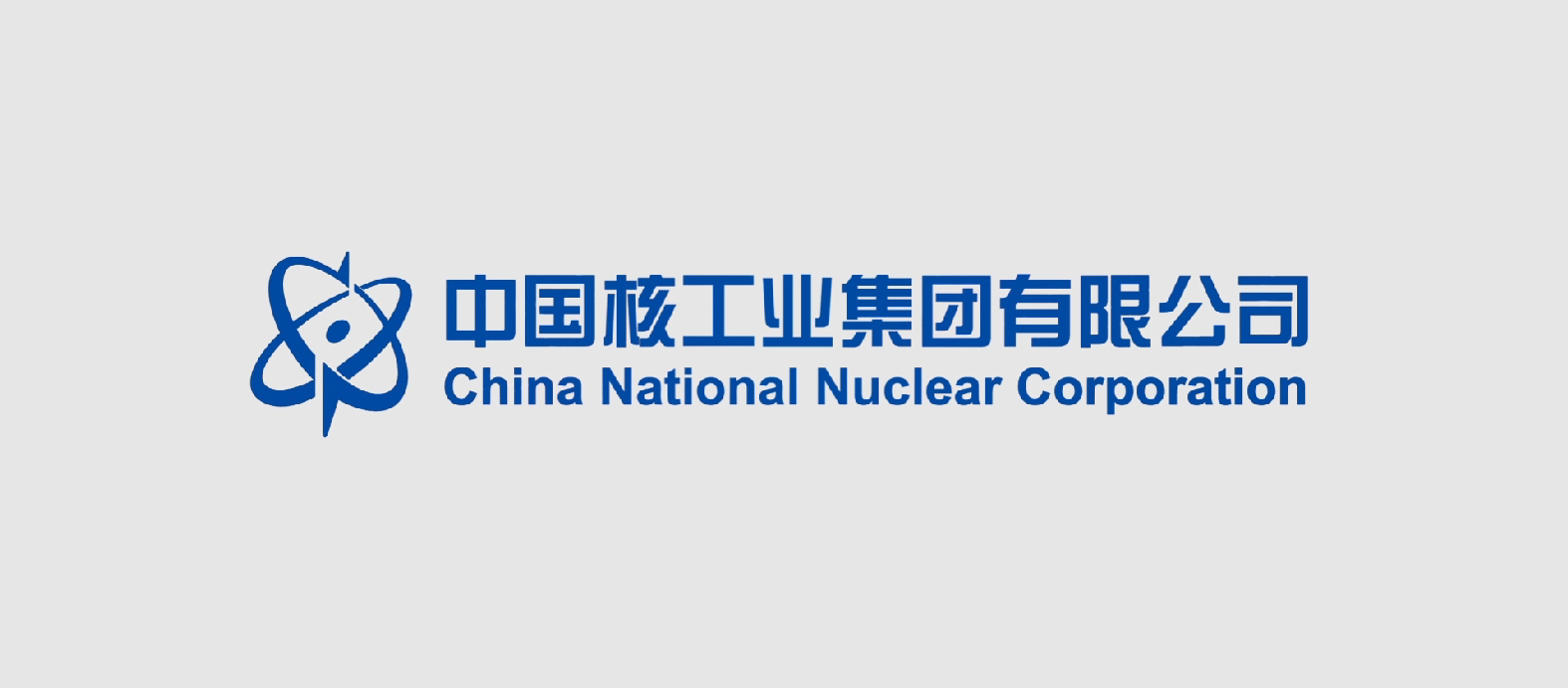CNNC researchers enable nuclear tech to go global
China's third-generation nuclear technology -- the Hualong Pressurized Reactor 1000, which is also known as HPR 1000 -- is one major representative of the global brand of China's high-end manufacturing industry, according to industry officials.
They said its CF nuclear fuel series is the core that is enabling HPR 1000 to go global.
On Oct 30, 20 nuclear fuel CF3 assemblies began operating in Qinshan Nuclear Power Plant and Fangjiashan Nuclear Power Plant.
That development marked the moment when China National Nuclear Corporation, or CNNC, had not only mastered high-performance nuclear power fuel development technology, but also had the ability to supply nuclear power fuel with independent intellectual property rights.
Officials said that behind the success was nearly 10 years of hard work and persistence of CNNC's research and development team.
To solve the fuel export problem of the China Nuclear Power 1000 -- the predecessor of the HPR 1000 -- CNNC established a key science and technology special project. The project, called the CF project, was for the design and manufacturing of pressurized water reactor fuel elements. Jiao Yongjun was appointed chief fuel expert and chief designer of the CF project in early 2010.
"If we don't have significant technological progress and high technical levels, others won't take us seriously. As a nuclear power country, China must have its own nuclear fuel components and fuel assemblies as the core of the reactors, which means that we must develop the best fuel assemblies to win a place in the global nuclear power market," said Jiao, who seized the opportunity to realize his dreams.
Since 2010 the CNNC team has conducted independent R & D, looking into China's nuclear fuel. For around three years the team led by Jiao faced the challenges posted by critical heat flux experiments.
The experiment explored the safety boundaries of nuclear fuel assembly burnout under accident conditions. At that time, only developed countries like the United States and France had successfully conducted such experiment.
To solve problems in the experiment, Jiao invited academicians and experts at home and abroad to advise them, as well as allow experiment designers and experimenters to analyze the reasons for failures. After a series of experiment revisions, Jiao’s team finally found the solution.
Industry officials said that CNNC has such a cohesive team that it owns more than 50 core patents in the nuclear fuel elements sector and fill China's gap in the design and manufacture of nuclear fuel elements.
Officials said that apart from the teamwork, the successful development of the CF3 fuel assembly was also inseparable from Jiao Yongjun's exemplary and rigorous work ethic.
They said Jiao worked overtime until late at night on weekdays and at weekends in 2012, when the CF3 fuel assembly grid design entered its critical period. Whenever there was an opportunity, he would go to each laboratory to communicate with scientific researchers, learn of the progress of the project and help solve problems to advance the project.
Jiao reviewed each meeting report verbatim, wrote proofreading comments and talked with writers about the problems mentioned in their reports until he understood them thoroughly, according to Wu Lei, deputy manager of the CF project.
"The CF series represents China's high-tech level in nuclear fuel assembly and high requirements for quality in work and products are necessary to allow the CF series to take more international market share," Jiao said.
Officials said that throughout around a decade of struggle, Jiao's team broke had breakthroughs in seven key technologies in the nuclear field, enabling China to become one of the few countries with independent nuclear fuel design and manufacturing technologies.


